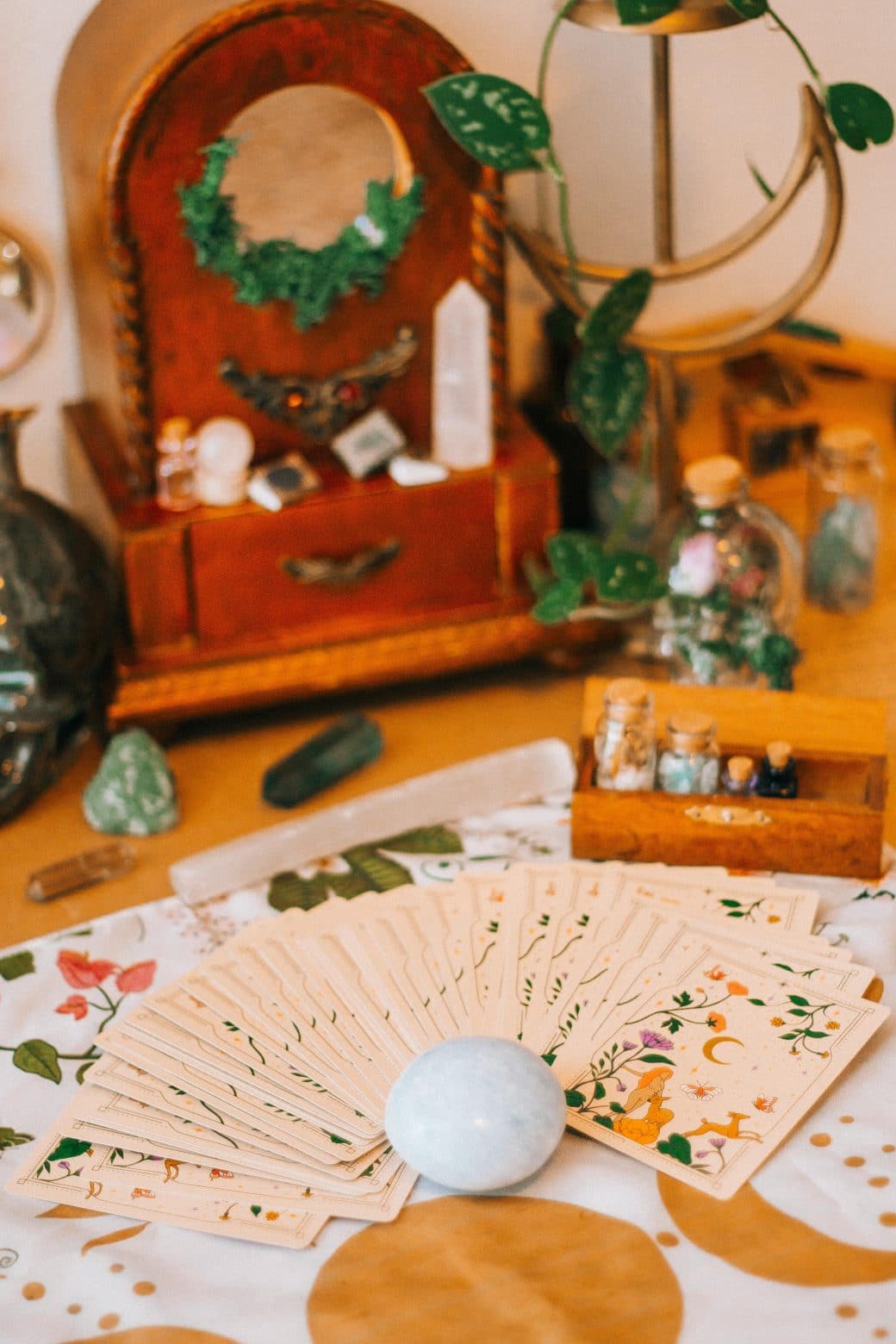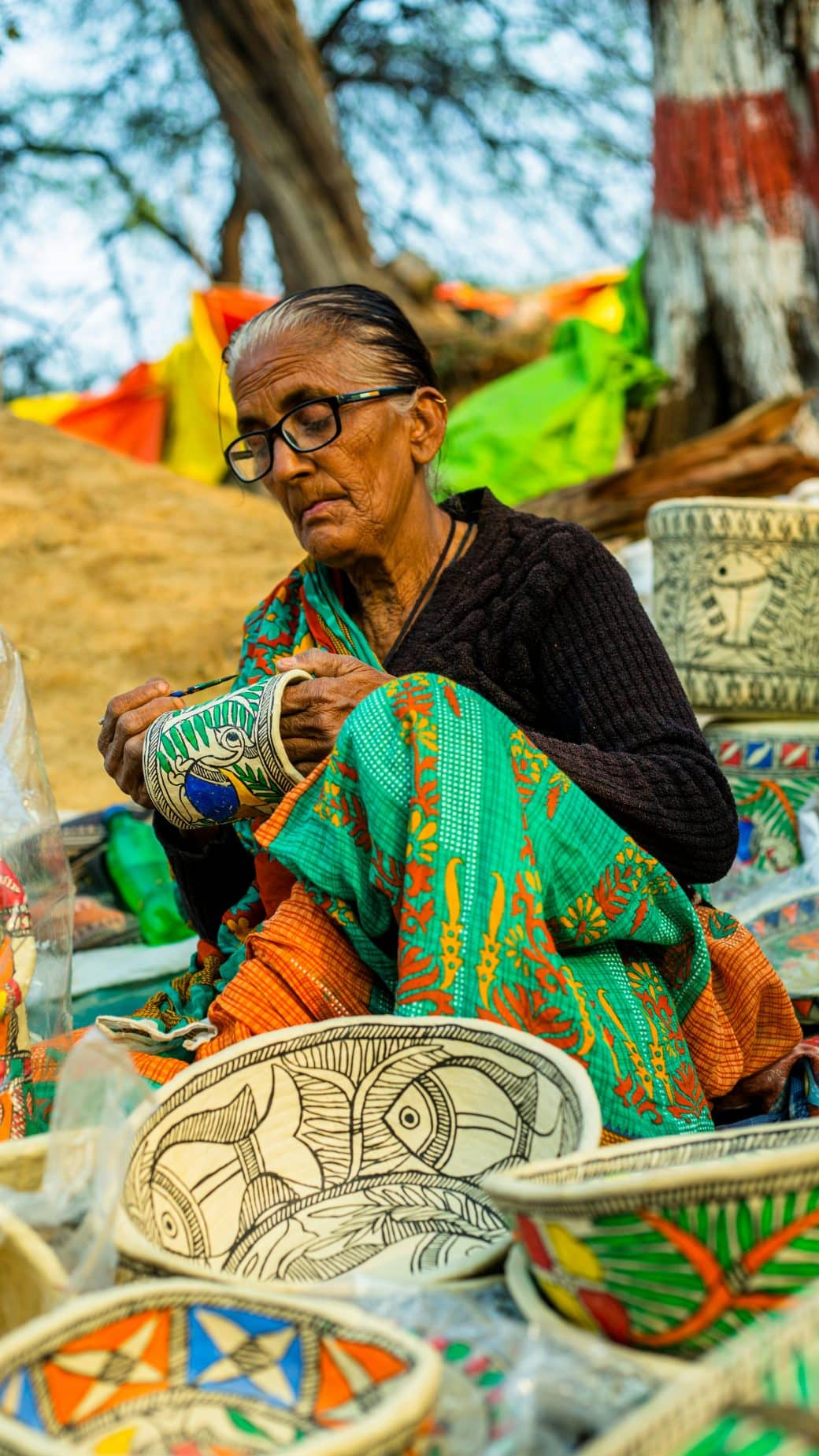I’ve always found something incredibly soothing about the art of bead stringing. It’s like each bead not only carries its unique charm but also a piece of the story you’re crafting with your own hands. That’s precisely why I decided to put together “Bead Stringing Made Easy: A Step-by-Step Guide for Beginners.” Whether you’re looking to dive into a new hobby or simply want to create something beautiful and handmade, this guide is your ticket to mastering the basics of bead stringing. I’ve broken down everything into manageable steps, ensuring you’ll find the process as rewarding and therapeutic as I do. Let’s embark on this creative journey together, and I promise, by the end, you’ll have not just a piece of jewelry but a newfound passion.
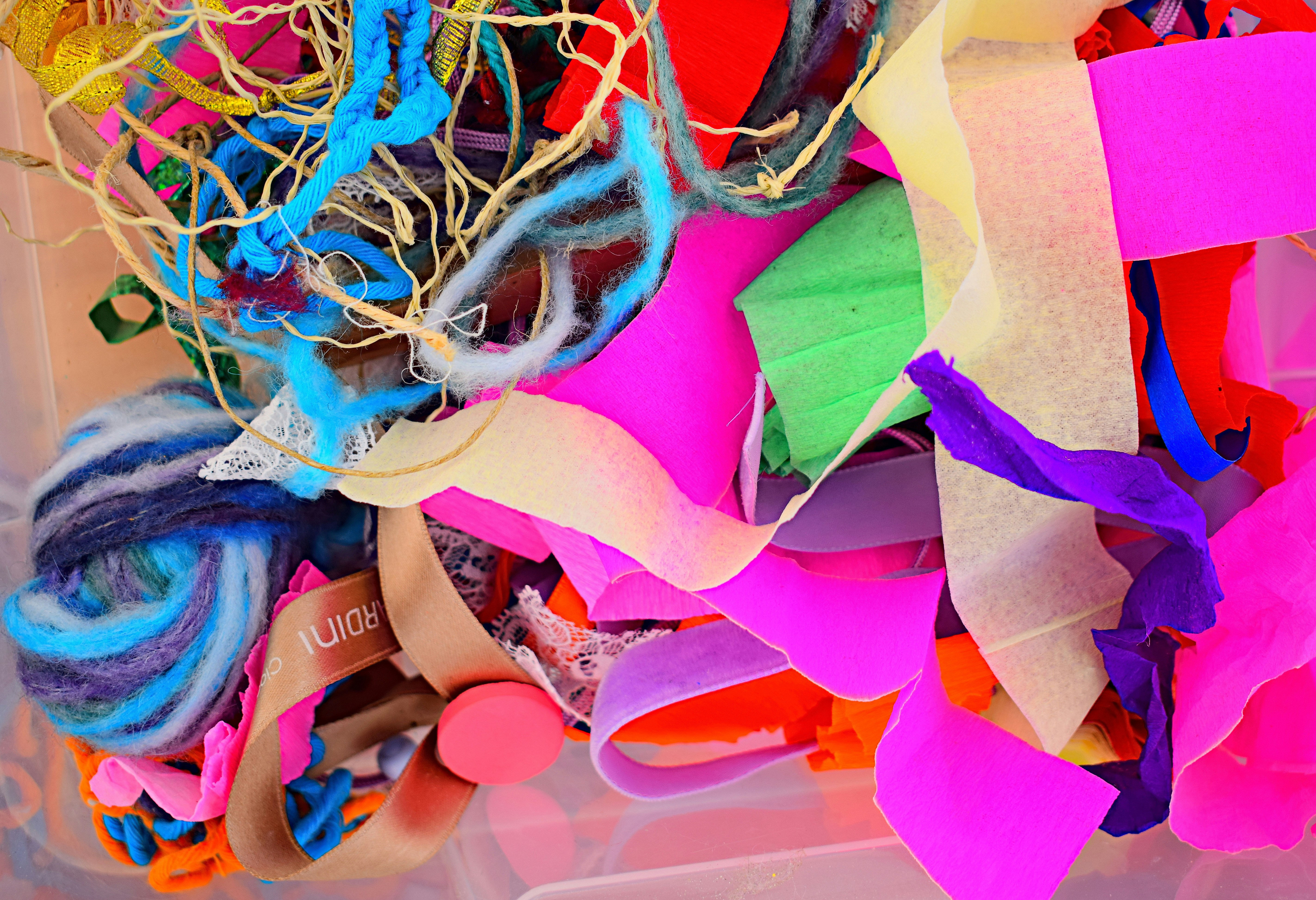
Understanding the Basics of Bead Stringing
Description of bead stringing
Bead stringing, to me, is such a fascinating and creative endeavor. It’s essentially the art of threading beads onto a string to make various objects, usually jewelry like necklaces, bracelets, and earrings. The process might seem simple at first glance, but trust me, it’s so much more than just sliding beads onto a string. It requires a keen eye for detail, a steady hand, and quite a bit of patience.
The importance and uses of bead stringing
Bead stringing isn’t just about making pretty things; it’s an art form with a rich history and cultural significance. Various cultures around the world have used beadwork to express themselves, tell stories, and even signify social status. Today, bead stringing serves as a creative outlet for many, an enjoyable hobby, and for some, it’s even a means of income. From creating personalized jewelry to designing unique home decorations, the possibilities are virtually endless.
Different types of bead stringing techniques
There are a bunch of different techniques in bead stringing, each with its own set of rules and outcomes. Some of the most common ones include simple stringing, where beads are threaded in a sequence; peyote stitch, known for its zigzag pattern; and the ladder stitch, which creates a band-like effect. Then there’s the more complex brick stitch and herringbone stitch, which require a bit more skill but result in stunning finishes. Each technique offers a different texture and complexity to your beadwork, giving you endless ways to express your creativity.
Materials Needed for Bead Stringing
Different types of beads
Oh, the variety of beads out there is just mind-blowing! You’ve got your seed beads, glass beads, wooden beads, metal beads… the list goes on. Each type of bead brings its own unique look and feel to a piece of jewelry. Seed beads, for example, are tiny and often used in detailed patterns, whereas larger wooden beads can create a more earthy, organic look. Choosing the right type of bead is crucial to achieving the desired outcome of your project.
Appropriate stringing materials
The string you choose is just as important as the beads. Options include nylon thread, silk thread, wire, and elastic cord, each suited for different types of projects. Nylon thread is durable and comes in a variety of colors. Silk thread has a luxurious feel but requires more care to prevent fraying. Wire is great for adding structure to your designs, and elastic cord is perfect for stretchy bracelets. It’s all about matching the string material to the weight and style of the beads you’re using.
The role of bead organizers in the process
Let’s not forget about keeping everything organized! A bead organizer can be a lifesaver. It helps sort your beads by color, size, or type, making it easier to find what you need and keep track of your inventory. This can be especially helpful when you’re working on intricate designs that require different kinds of beads. Trust me, there’s nothing more frustrating than digging through a jumbled mess of beads trying to find that one perfect bead for your project.

Choosing Your Beads and Design
Factors to consider when choosing beads
When choosing beads, think about the color, size, and material. But also, consider the weight of the beads and the overall balance of the piece. Heavy beads might require a stronger string material, while lighter beads could be more suited to delicate threads. The design’s purpose also plays a role; for instance, if you’re making something for everyday wear, durability is key.
Introduction to simple bead designs
Starting with simple designs is the way to go. Simple doesn’t necessarily mean boring; it’s about mastering the basics before moving on to more complex projects. A single-strand necklace or a basic bracelet is a great starting point. These projects allow you to get a feel for the materials and techniques without being overwhelmed. Plus, there’s something incredibly satisfying about completing your first piece of jewelry.
Tips on combining different colors and sizes
Combining different colors and sizes can add depth and interest to your designs. However, it’s easy to go overboard. A handy tip is to stick to a color scheme or pattern. You can never go wrong with complementary colors or varying shades of the same color. Additionally, mixing sizes can create texture, but it’s important to maintain balance so that the finished piece feels cohesive.
Step-by-Step Process of Stringing Beads
Preparing your workspace and materials
First things first, set up a comfortable and well-lit workspace. Have all your materials within reach – beads, string, scissors, and any other tools you might need. An organized workspace helps streamline the process, making it more enjoyable and less frustrating.
Techniques for threading the beads
Threading beads can be as simple or as complex as the design dictates. The basic technique involves stringing the beads one by one onto your chosen material. For more intricate designs, you may need to learn specific stitches or methods. Always thread in a way that feels comfortable for you, and don’t be afraid to experiment.
Finishing off your beadwork securely
Securing your beadwork is crucial to ensure it lasts. This often involves tying knots and adding clasps. The type of knot and clasp will depend on the string material and the design of the piece. It’s important to finish off your work neatly and securely, so it stands the test of time (and wear).
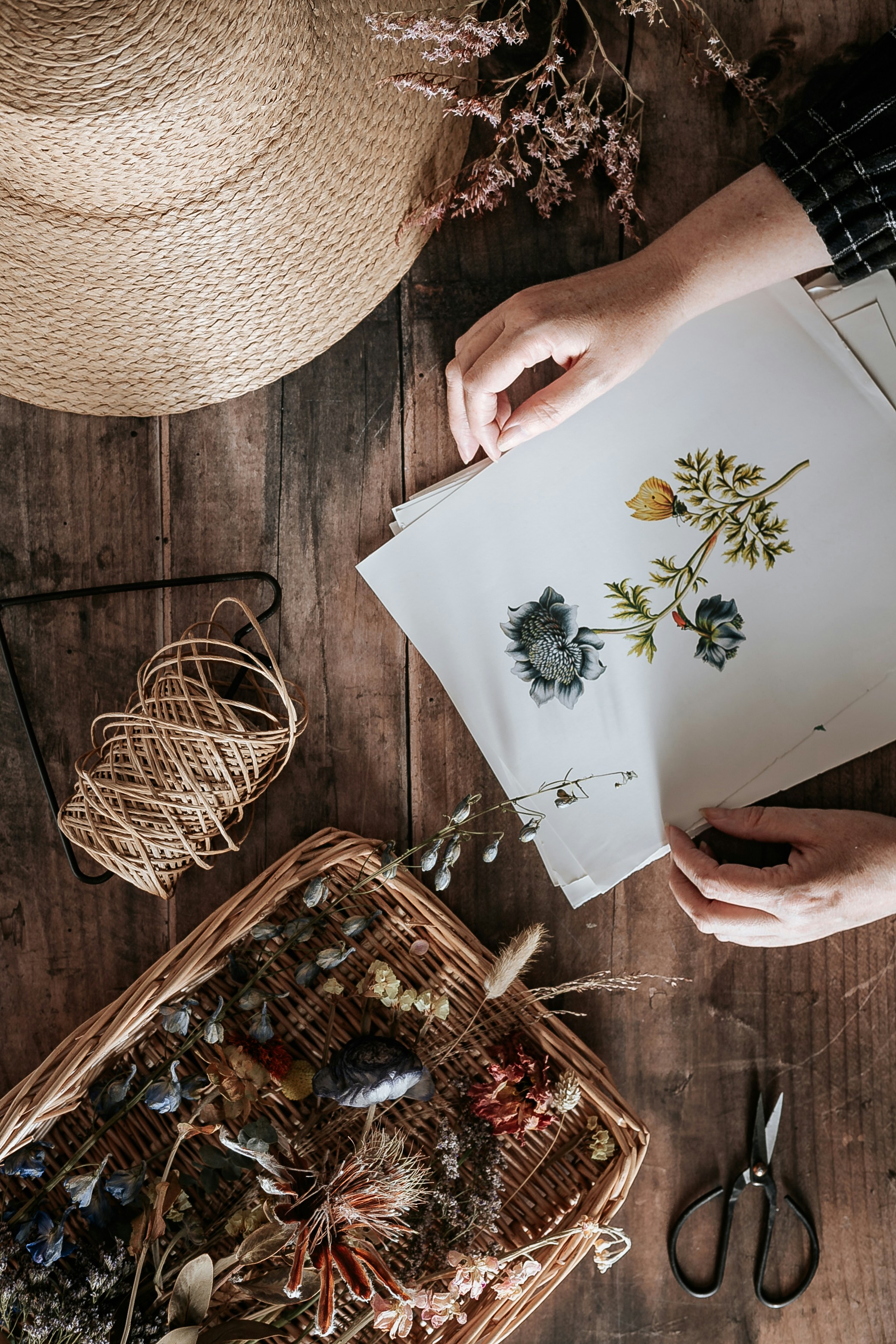
Common Mistakes in Bead Stringing
Selecting incompatible bead and string sizes
One common mistake is using a string that’s too thick or too thin for the beads you’ve chosen. A string that’s too thick might not fit through the bead holes, while a string that’s too thin can lead to your beadwork falling apart. Always match your bead and string sizes appropriately.
Neglecting the use of bead stoppers
Bead stoppers are a godsend, especially for beginners. They prevent your beads from slipping off the end of your string as you work. Not using them can lead to a lot of frustration and lost materials. It’s a simple tool that can save you a lot of headaches.
Overloading the string with beads
It’s tempting to pack as many beautiful beads onto a string as possible. However, overloading can lead to breakage and can make the final product feel cluttered. Sometimes, less is more. It’s all about finding the right balance.
Essential Tips and Tricks for Beading
The importance of patience and practice
Like any skill, bead stringing takes time to master. Patience and practice are key. Don’t get discouraged by initial mistakes or if things don’t turn out perfectly right away. Every project is a learning experience, and each one will be better than the last.
Useful shortcuts for faster beading
As you get more comfortable with bead stringing, you’ll discover shortcuts that can make the process faster and more efficient. For example, using a bead spinner can speed up the process of threading seed beads. Keep an open mind and always be on the lookout for techniques that can simplify your work.
Ensuring longevity of beadwork
To ensure your beadwork lasts, choose quality materials and handle them with care. Use the right string for the weight of your beads, and secure your work properly. Avoid exposing your beadwork to harsh chemicals or extreme conditions, as these can damage the materials over time.
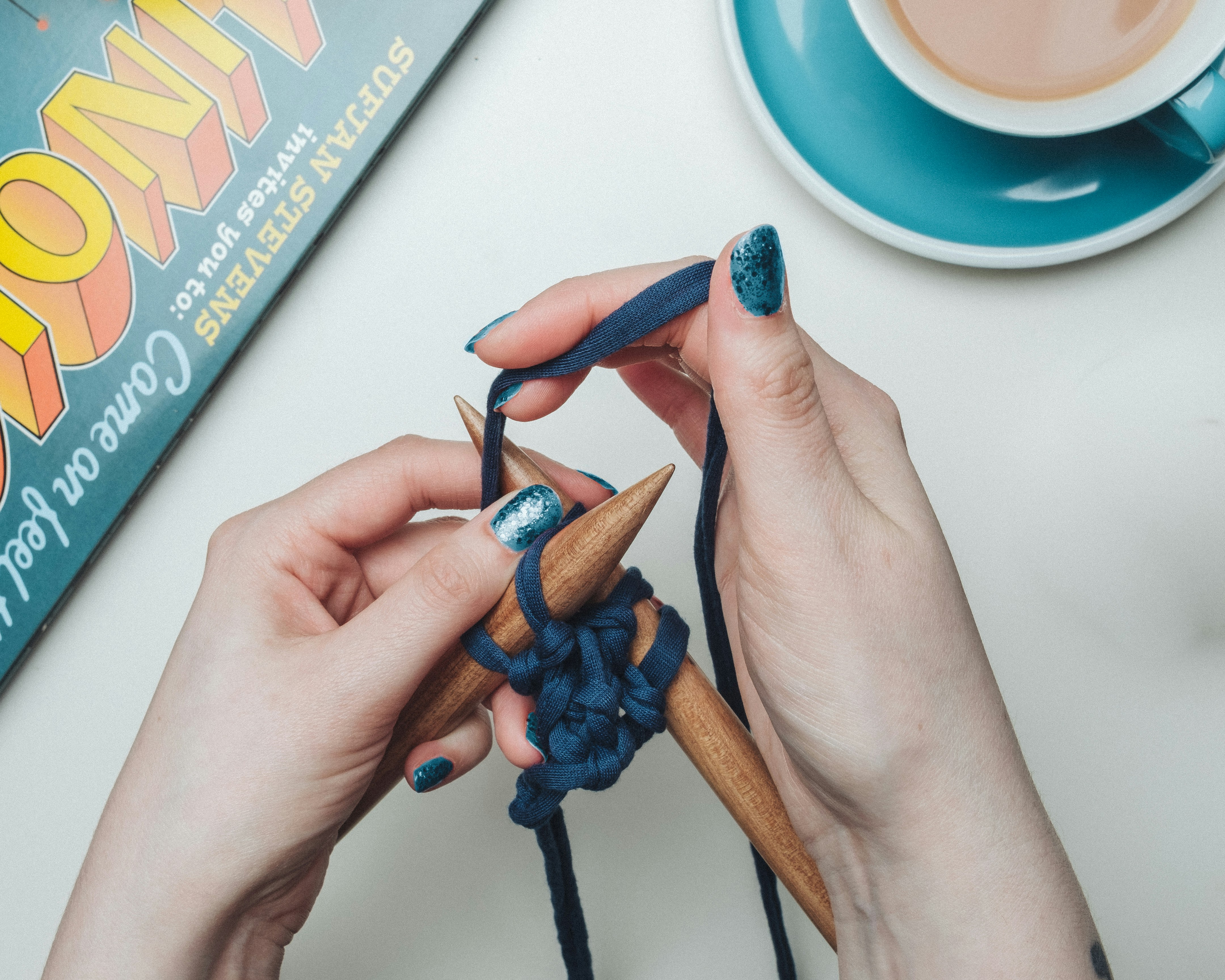
Cleaning and Maintenance of Beaded Jewelry
Keeping your beaded jewelry clean and shiny
Beaded jewelry needs regular cleaning to keep it looking its best. Gently wiping your jewelry with a soft cloth can remove oils and dirt. For tougher grime, a mild soap and water solution can be used, but be sure to dry the pieces thoroughly to prevent damage.
Storing your beadwork properly
Proper storage is key to maintaining the quality of your beadwork. Keep your beaded jewelry in a dry, cool place away from direct sunlight. Organizing pieces individually can prevent tangling and wear.
Detecting and fixing damaged beadwork
Regularly check your beadwork for signs of wear or damage. Catching issues early can make repairs easier and prevent further damage. Re-stringing or replacing damaged beads can breathe new life into a piece, making it as good as new.
Advanced Bead Stringing Techniques
Incorporating multiple strings into designs
Working with multiple strings opens up a whole new world of possibilities. It allows for more complex patterns and can add interesting layers to your designs. Mastering this technique requires patience and practice, but the results can be truly stunning.
Presentation of more complex bead patterns
As you become more comfortable with bead stringing, exploring more complex patterns can be a rewarding challenge. Patterns that involve different stitches or techniques can elevate your work and make it stand out. There are countless patterns available, from traditional to modern, for all skill levels.
Techniques in stringing beads made of unusual materials
Stringing beads made of unusual materials, like stones, shells, or recycled items, can add an unique touch to your work. These materials may require different techniques or special considerations, but they can result in truly one-of-a-kind pieces. Embrace experimentation and let your creativity guide you.
Bead Stringing as a Business
The potential of bead stringing as a profitable hobby
For those who love bead stringing, turning this passion into a business can be a fulfilling venture. Handcrafted jewelry has a market, and with the right designs and marketing, it can be quite profitable. Connecting with your customers and offering something unique can set you apart.
Marketing techniques for selling beaded jewelry
Marketing your beaded jewelry effectively is key to turning it into a successful business. Utilizing social media, attending craft fairs, and creating an online shop are great ways to reach potential customers. Good photography and storytelling can also enhance your brand and attract more buyers.
Dealing with client requests and feedback
Dealing with clients is an integral part of running a bead stringing business. Listening to their requests and feedback, and adapting your designs to meet their needs can build lasting relationships. Customer satisfaction should always be a top priority, as happy customers are more likely to return and recommend your work to others.
Resources and References for Learning Bead Stringing
Best books on bead stringing
There are many fantastic books out there that can help you on your bead stringing journey. They range from beginner guides to more advanced textbooks covering intricate techniques. While I can’t list specific titles here, a quick search online or a visit to your local library or bookstore can lead you to some great resources.
Websites and online tutorials for bead stringers
The internet is a treasure trove of information for bead stringers. Websites and online tutorials can be especially helpful, offering visual aids and step-by-step guides. Whether you’re a beginner looking to learn the basics or an experienced stringer seeking to master advanced techniques, there’s something for everyone.
Community groups and forums for bead enthusiasts
Joining a community of fellow bead enthusiasts can be incredibly rewarding. Online forums and local groups offer a place to share tips, seek advice, and showcase your work. The support and inspiration you can find in these communities are invaluable, making the bead stringing journey all the more enjoyable.


